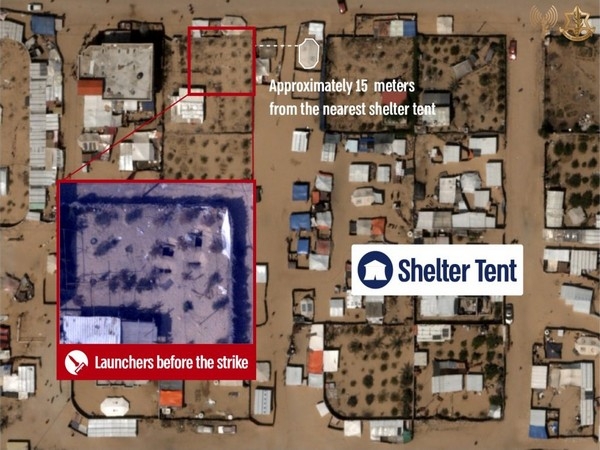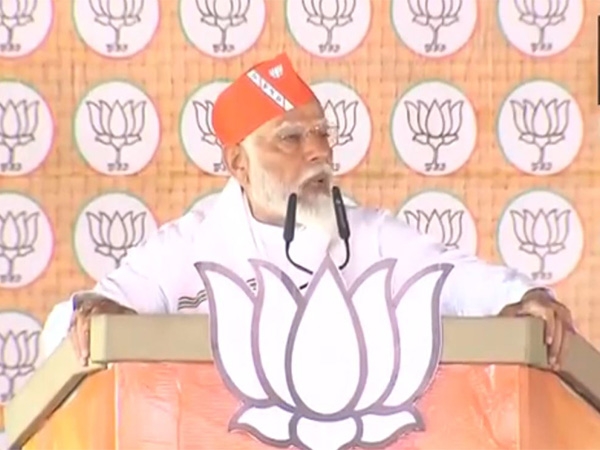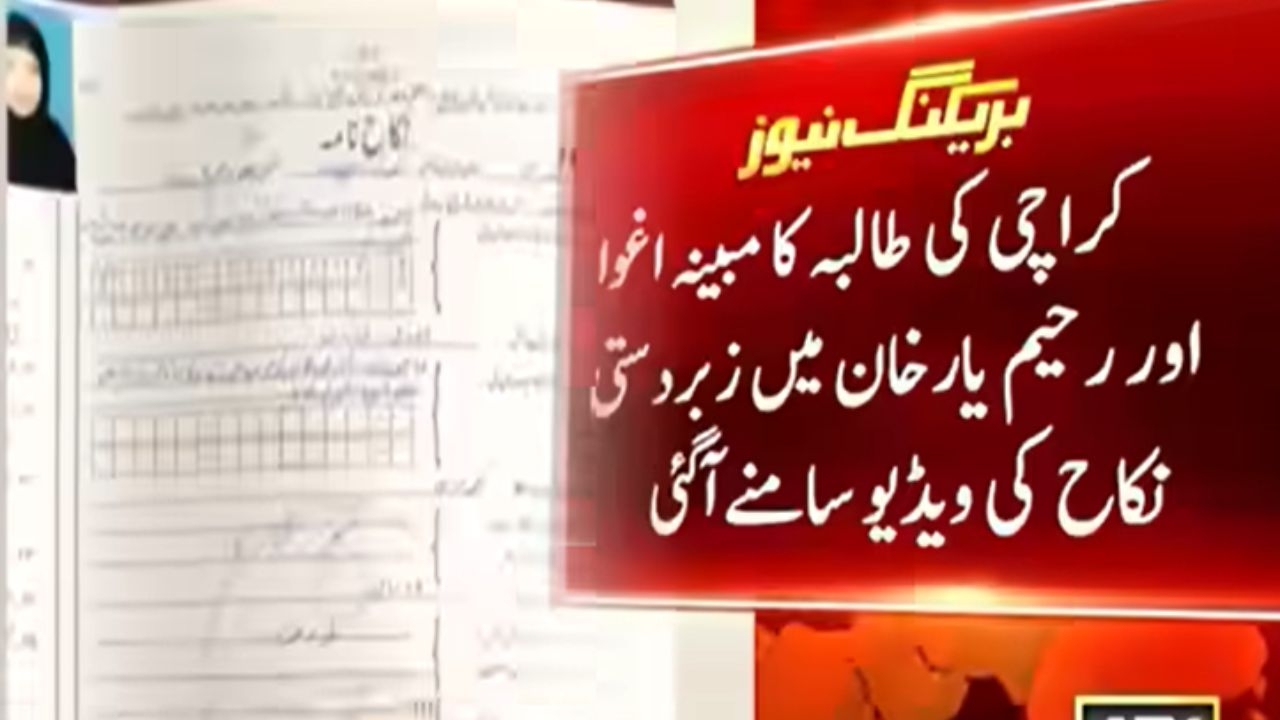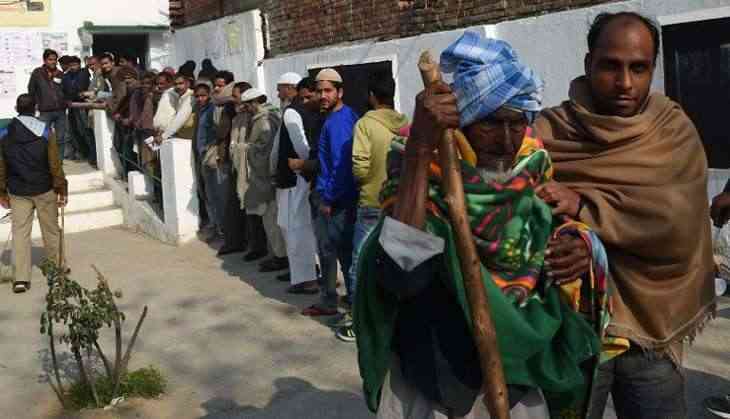
The votes in the first phase of the Uttar Pradesh Assembly elections are now locked inside the electronic voting machines. About 64% of voters across 73 constituencies exercised their franchise on Saturday, 11 February, about 3% more than in 2012.
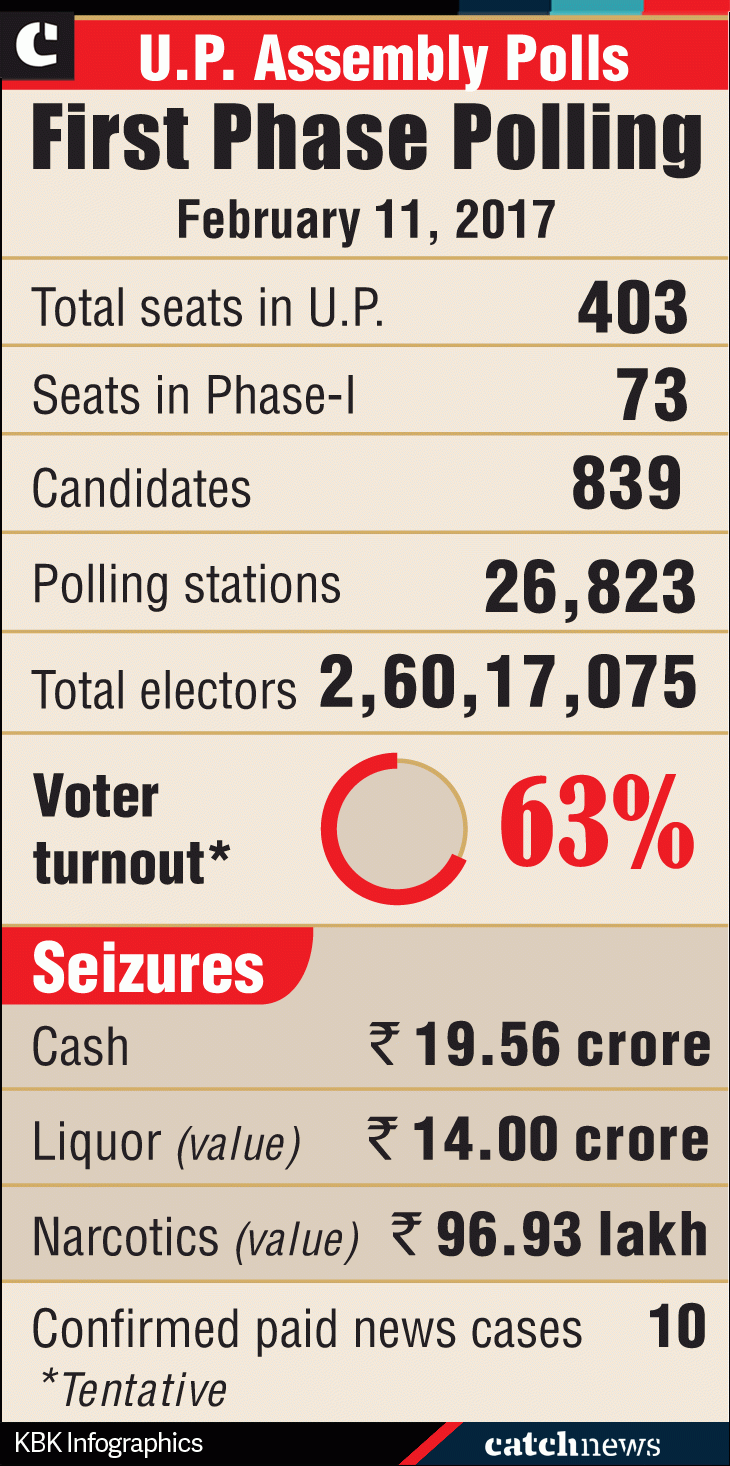
And political workers with their ear to the ground claim that the first phase could throw up some surprises.
With Narendra Modi's magic on the wane, the National Democratic Alliance, led by the Bharatiya Janata Party, which won 73 of the state's 80 Lok Sabha seats in 2014, is struggling to maintain its momentum.
At the other end of the spectrum, Ajit Singh's Rashtriya Lok Dal, a key player in western UP, which had lost a lot of votes in the 2012 Assembly and 2014 general elections, may emerge as a giant killer as its core Jat voter base returns home.
Did Jats and Muslims vote together?
The Jats had voted for the BJP in the general election, thanks to the polarisation that took place after the 2013 Muzaffarnagar riots. But members of the community now seem rather angry with the BJP, as they claim to have been betrayed.
The way the Jats' agitation for reservation was dealt with in the neighbouring BJP-ruled Haryana, coupled with the woes of demonetisation, are the reasons cited for this anger.
Also, the RLD is a political outfit closely associated with Jat identity, and the way the BJP and the ruling Samajwadi Party both turned down opportunities to ally with the party has also added to this angst.
There are reports that Jats and Muslims have once again voted together - something that was a hallmark of their social bond before the 2013 riots. And while these might just be reports, if true, it seems the people on the ground are finally beginning to stitch together the tattered social fabric of western UP.
Alliance buzzing with confidence
However, according to political workers, the SP-Congress alliance seems to be the most popular among the minority community. "We hope to double our tally in this phase," a senior SP functionary said after the conclusion of the first phase. The SP had won 24 of these 73 seats in 2012.
The Bahujan Samaj Party had also won 24 seats in this part of the state last time around. This time, it was hoping to forge a Dalit-Muslim social alliance, but it may find the going tough in the face of the minority groups gravitating towards the alliance's candidates. But in constituencies where it has a strong or popular Muslim face, the party may trump others.
A re-emerging RLD has ensured a triangular fight in most constituencies, even quadrangular in some. This could also throw up interesting results.
Mountain to climb for BJP?
Meanwhile, the BJP had aggressively taken up the issue of law-and-order problems, especially in this part of the state, attacking the SP government for 'shielding' criminals.
But its campaign had communal overtones, for the local leadership of the party would insinuate that members of the minority community were engaging in acts of crime, under the patronage of the government, which was biased when it came to maintaining law-and-order and punishing the culprits.
To add to it, after the party's agenda of 'Love Jihad' failed to take off in this election, BJP chief Amit Shah spoke of creating 'Anti-Romeo squads' in all towns.
Two of the party's popular Muslim-baiting faces, Suresh Rana and Sangeet Som, were among the candidates in the first phase, from Thana Bhawan and Sardhana respectively. Another constituency where there has been an alleged exodus of Hindus, Kairana, also voted in this phase.
While all of this still seems to be appealing to a section of the electorate - non-Yadav OBCs, some upper castes and Dalits - it may not be enough to take BJP to the winning mark in many constituencies.
As a senior politician pointed out: "Jats are the dominant caste in many places in this region. The fact that they are not happy with the BJP and speaking out against it has a cascading effect on other communities."
Other caste groups, including the Jatavs, traditional BSP voters, had also moved towards the BJP in 2014. Now, they seem to be coming back home, political workers on the ground claim.
There is, of course, the ghost of demonetisation that the BJP has to contend with. Its core vote bank, the traders' community, has been severely affected by the note ban, and if it turns away from the party, it could leave the BJP's dream of forming its own government in the state for the first time since the demolition of the Babri Masjid on 6 December 1992.
Edited by Shreyas Sharma
More in Catch
Thana Bhawan, Sardhana & Kairana: It's a Hindu-Muslim decision as voting starts in UP
For western UP's Muslims, seat-by-seat tactical voting seems the way to go
In western UP, the only wave is a Jat wave for RLD
First published: 12 February 2017, 1:34 IST

_231291_300x172.jpg)

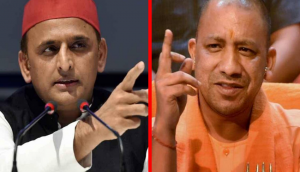
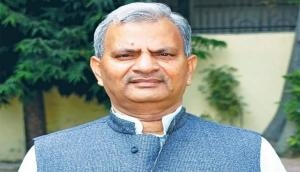
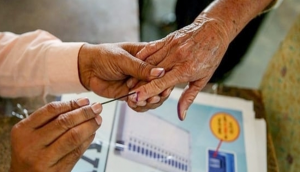
![BJP's Kapil Mishra recreates Shankar Mahadevan’s ‘Breathless’ song to highlight Delhi pollution [WATCH] BJP's Kapil Mishra recreates Shankar Mahadevan’s ‘Breathless’ song to highlight Delhi pollution [WATCH]](http://images.catchnews.com/upload/2022/11/03/kapil-mishra_240884_300x172.png)

![Anupam Kher shares pictures of his toned body on 67th birthday [MUST SEE] Anupam Kher shares pictures of his toned body on 67th birthday [MUST SEE]](http://images.catchnews.com/upload/2022/03/07/Anupam_kher_231145_300x172.jpg)


_251372_1280x720.jpg)
_251371_1280x720.jpg)
